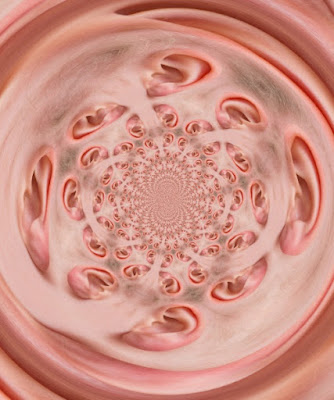Decoding Meteorites

Rocks falling through the sky can be interesting, and those quick streaks of light indicate for us that a meteor burned up in the atmosphere. Most burn up, and tons of dust lands on Earth. No, they don't know quite how much, but it's a lot. When rocks do not burn up and actually reach the ground, then they're called meteorites. Big ones are rare, so there's no call to be worrying about them. Meteor image credit: NASA (Usage does not imply endorsement of site contents) Meteorites have a lot to tell us. (No, they don't talk, and if you're hearing talking meteorites, I'll observe you from a safe distance.) We can learn from meteorites by studying them, especially the chemical composition. Secular geologists presuppose that they are the best things to use for obtaining the age of the earth through unreliable radiometric dating methods because they're not from Earth. Creationary scientists also have hypotheses about our planet's age that differ g





